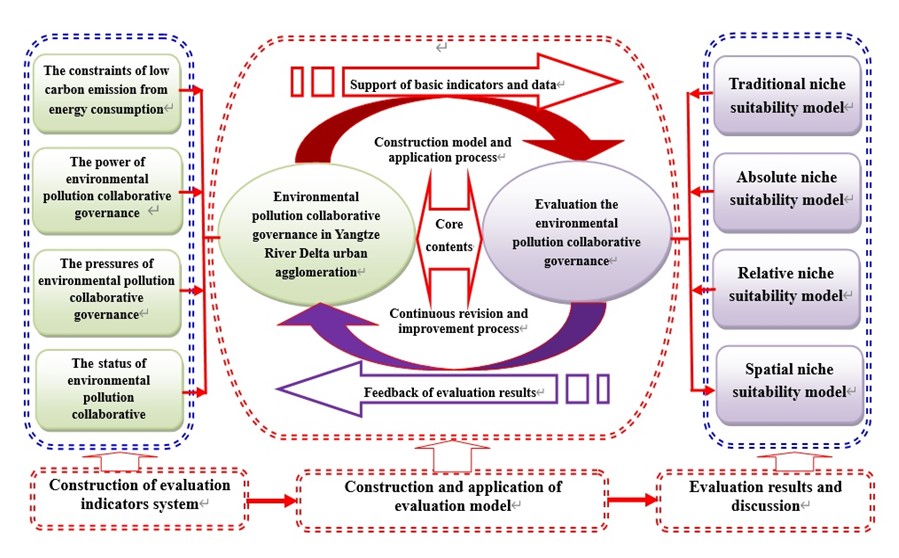
This paper selects a total of 24 evaluation indicators, including the low carbon constraint, the driving force, the pressure and the status of collaborative governance, to build an evaluation index system. On the basis of low carbon constraints, a spatial niche fitness model was constructed by using the weighted average method of absolute niche fitness and relative niche fitness, and applied research was conducted on 27 cities in the Yangtze River Delta urban agglomeration. The study found that the effect of collaborative governance of environmental pollution in the Yangtze River Delta urban agglomeration were "Level II" between 2013 and 2017, and its evaluation results were "good"; The period from 2018 to 2021 is " Level I", and the evaluation result is "Excellent". According to the comparative analysis of different niche suitability evaluation methods and their evaluation results,the efficiency of its collaborative governance still has great room for improvement.
Total file downloads: 11